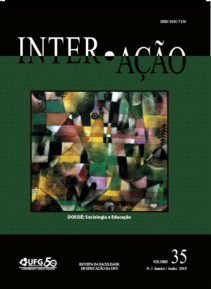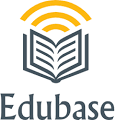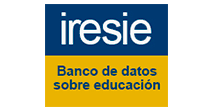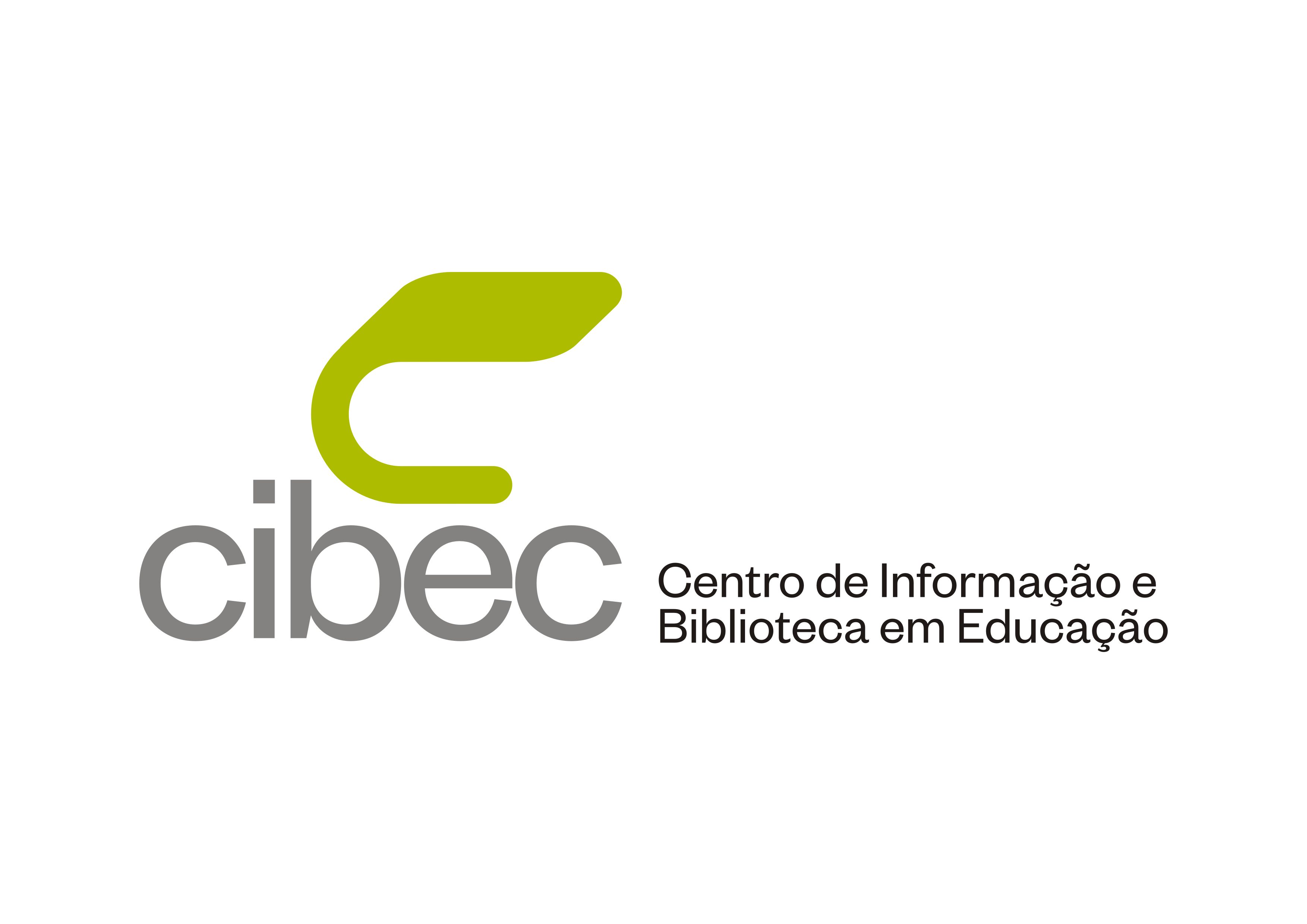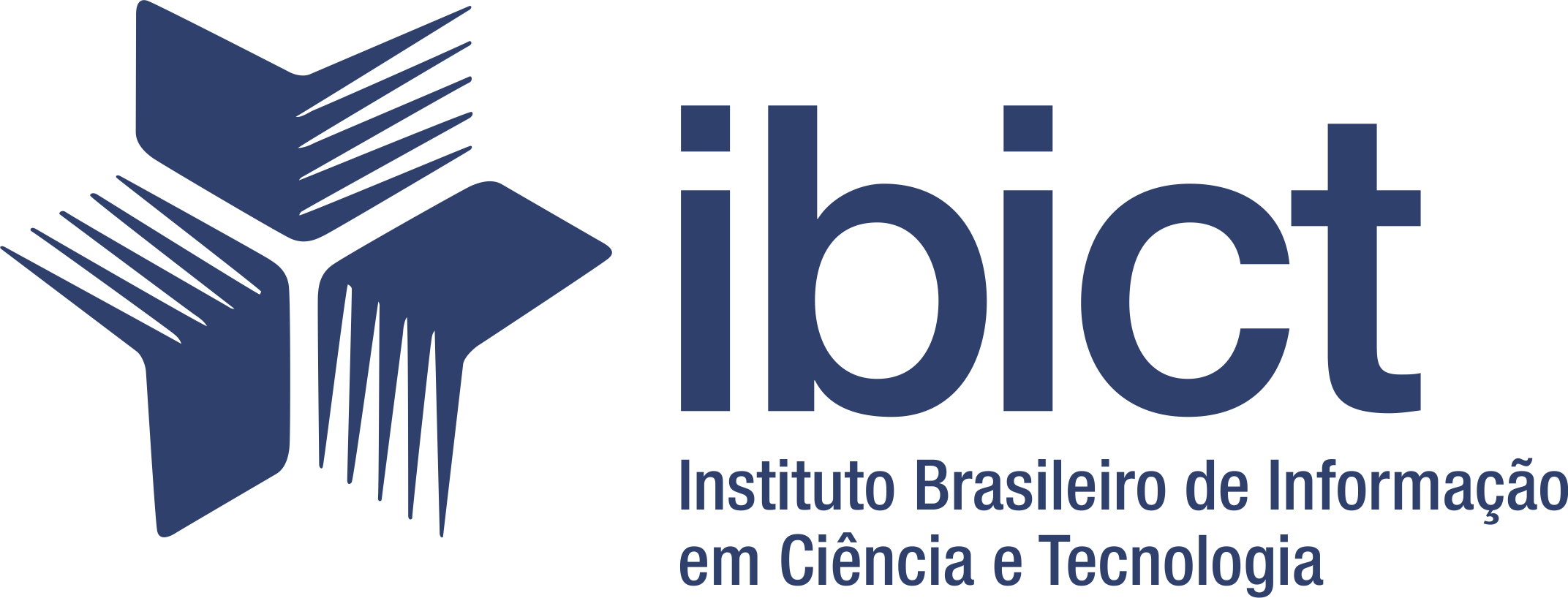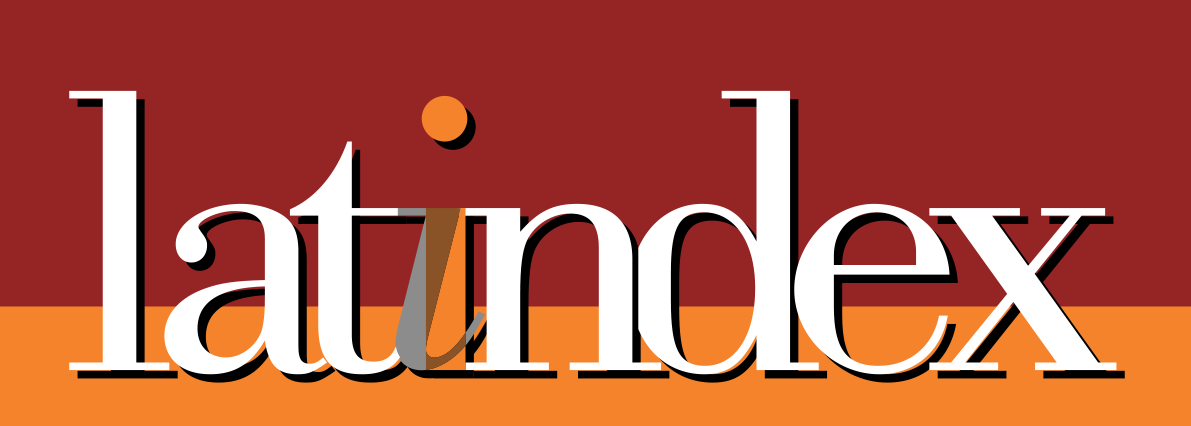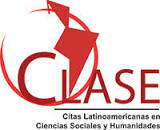ROUTINE AND PRESCHOOL EDUCATIONAL ACTIVITIES
DOI:
https://doi.org/10.5216/ia.v35i1.13139Keywords:
Processo socioeducativo, Educação infantil, Rotina da pré escola, infânciaAbstract
The article focuses on the routine of a municipal public preschool from 2001 to 2002, with the aim of bringing up important aspects of the ‘real’ curriculum. The observation was done in the form of flowing registers, that is, the interactional activities and dynamics which happened within the school space during the time of observation were meticulously described. The most frequently found significant contradictions and ambiguities were: a) by organizing educational activities, the teachers tried to conciliate different expectations, those of the family, those of the child’s future school and those of the children in order to create conditions for the child’s quick adaptation to the presumed demands of society; b) at the same time, the resistance of the children to taking on the role of ‘student’ became manifest which shows the clash between the social and childhood times in children’s education today. To avoid failure, adults take on the schooling of children amid opposition from children who only want to play and be with their peers. This produces tension in the day-to-day running of an institution.Downloads
Downloads
Published
How to Cite
Issue
Section
License
Inter-Ação uses the Creative Commons Attribution 4.0 License for Open Access Journals (Open Archives Initiative - OAI) as the basis for the transfer of rights. Open access means making documents available on the Internet free of charge, so that users can read, download, copy, distribute, print, search, or link to the full text of documents, process them for indexing, use them as input data for software programs, or use them for any other lawful purpose, without financial, legal, or technical barriers.
Authors publishing in this journal agree to the following conditions:
1) Authors retain copyright and grant the journal the right of first publication, with the work simultaneously licensed under the Creative Commons Attribution License, which permits redistribution of the work with attribution and first publication in this journal.
2) Authors are permitted to enter into additional, separate agreements for non-exclusive distribution of the version of the work published in this journal (e.g., for publication in an institutional repository or as a book chapter), with attribution and first publication in this journal.
3) Authors are permitted and encouraged to publish and distribute their work online (e.g. in institutional repositories or on their home page) at any time before or during the editorial process, as this may generate productive changes as well as increase the impact and citation of the published work.

